Infographic Posters
Browse infographics for your classroom.
{{searchResultSnippet}}
 Back to All
Back to All
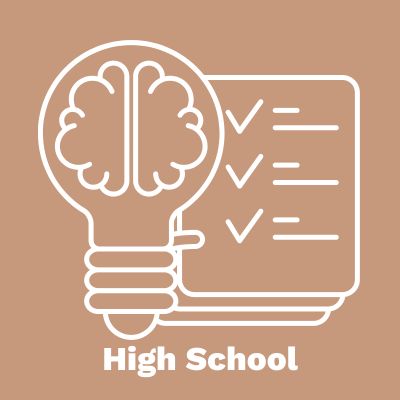
In this lesson, students investigate the decision to save as a choice between spending now or spending later and how people’s natural preference to enjoy goods and services now affects this decision.

Infographic Posters
Browse infographics for your classroom.
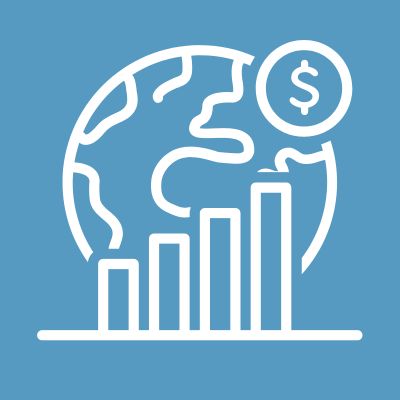
Getting Real About Interest Rates Video
This video explores the effect of inflation on purchasing power and the distinction between real and nominal interest rates.

Savvy Savers | It's Your Paycheck Lesson 5
Describe the "rule of 72" when calculating compound interest.
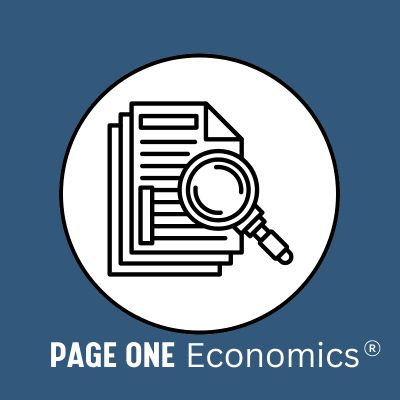
Banking Basics
Describe the differences between banks, online banks, and credit unions.
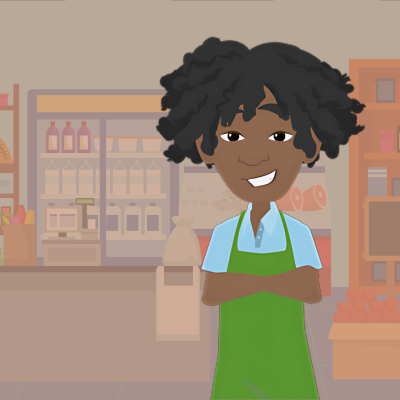
Savvy Savers
Calculate compound interest to identify the benefits of saving in interest-bearing accounts.
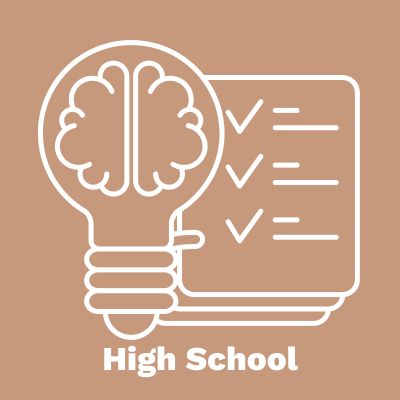
Tools for Teaching the Arkansas High School Economics with Personal Finance Course
The Arkansas Toolkit equips teachers with ready-to-use lesson guides and resources that are aligned with state standards.

Making Personal Finance Decisions Curriculum
Teach valuable personal finance lessons grounded in economic theory.

The Wealth Game—Factors for Success (Lesson 1A)
After playing a game simulating wealth creation, students reflect on determinants of wealth: natural abilities, effort, motivation, and luck.

Making Choices and Identifying Costs (Lesson 1B)
Introduce the PACED decisionmaking model.

The Inventory Game—Net Worth and Cash Flow (Lesson 2A)
Learn about net worth, cash flow, and the relationship between them.

Meeting Financial Goals—Rate of Return (Lesson 2B)
Show the two ways that investments can earn a return.

Investing in Yourself (Lesson 3A)
Demonstrate the importance of human capital.

Entrepreneurship—Working for Yourself (Lesson 3B)
Learn about common traits of entrepreneurs.

What Are Taxes For? (Lesson 4A)
Explain why the government provides some goods and services.

Understanding Taxes (Lesson 4B)
Learn about factors that make various taxes different.

Making a Budget—It Is All Spending! (Lesson 5A)
Discover that all elements of a budget are essentially spending on goods and services.
{{resourceTitle}}
{{resourceBlurb}}